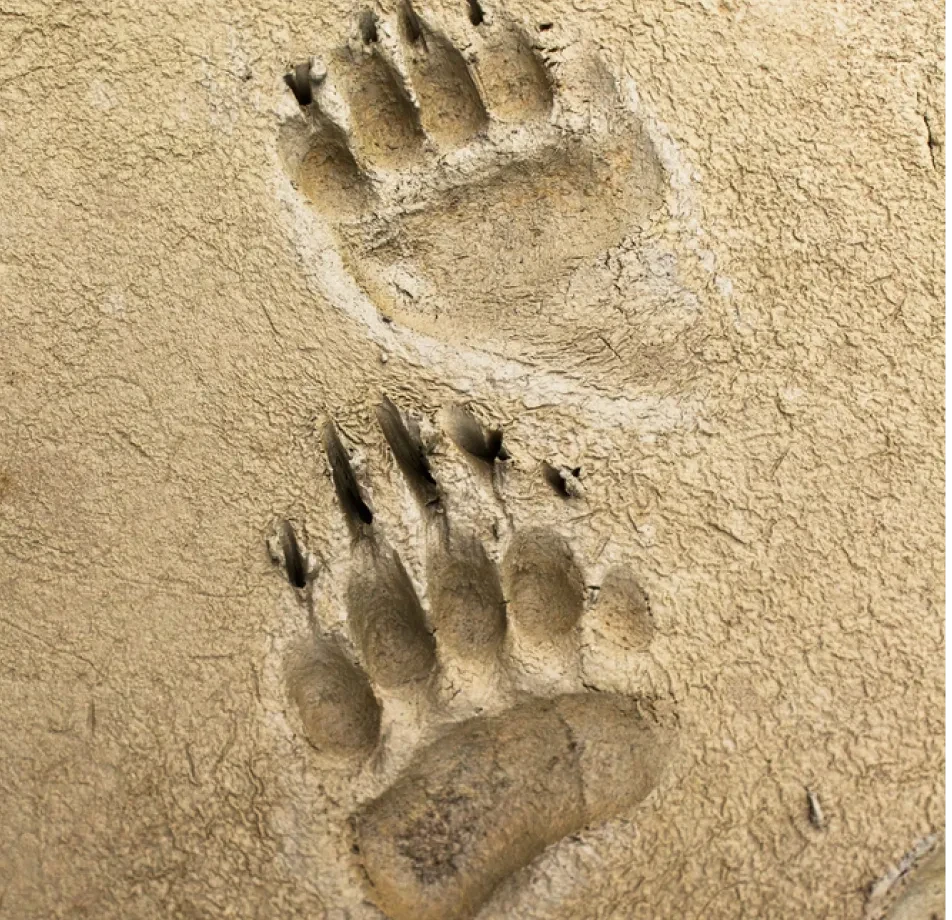Data Annotation for Wildlife Tracking
Home » Case Study » Data Annotation for Wildlife Tracking
Project Overview:
Objective
We’re working on creating an enhanced dataset that will help train AI systems to excel in the classification and tagging of wildlife data. This dataset will include photos, audio clips, and sensor readings, all aimed at supporting ecological studies, conservation efforts, and developing advanced technology for monitoring wildlife. By focusing on Data Annotation for Wildlife Tracking, this valuable data will not only power scientific research about ecosystems but also boost wildlife preservation and pave the way for innovative tracking tools. Consequently, by leveraging this comprehensive dataset, we can make significant strides in understanding and protecting our natural world.
Scope
This endeavor focuses on collecting and annotating wildlife data by identifying species and their behaviors, pinpointing habitats, and marking locations from a variety of sources, including camera traps, sound recording devices, GPS sensors, and satellite images. We’re working on a project that gathers information about wildlife from these diverse sources. Then, we label the data with details such as the type of species, their behavior, habitat, and location coordinates.




Sources
- Camera Traps: Deploy camera traps in wildlife habitats to capture images and videos of animals in their natural environment.
- Audio Recording Devices: Use audio recording devices to capture sounds, vocalizations, and ambient noise from wildlife habitats.
- GPS-Enabled Sensors: Attach GPS-enabled sensors to animals to track their movements and collect location data.
- Satellite Imagery: Utilize satellite imagery to identify and analyze changes in land cover, vegetation, and habitat fragmentation.



Data Collection Metrics
- Total Wildlife Data Entries: 30,000 entries
- Camera Traps: 15,000
- Audio Recording Devices: 7,000
- GPS-Enabled Sensors: 5,000
- Satellite Imagery: 3,000
Annotation Process
Stages
- Species Identification: Annotate each wildlife data entry with labels indicating the species of the animal(s) present in the data. Include scientific names for accuracy.
- Behavior Annotation: Label the behavior exhibited by the wildlife in the data, such as feeding, mating, or resting. Additionally, note any unique or uncommon behaviors observed.
- Habitat Classification: Annotate images and data with habitat type, including forests, grasslands, wetlands, and other relevant ecosystems. Make sure to account for mixed or transitional habitats.
- Geospatial Metadata: Log geospatial metadata, including GPS coordinates, timestamps, and altitude of data collection. Ensure this data is precise to facilitate accurate mapping and analysis.
Annotation Metrics
- Wildlife Data Entries with Species Identification: 30,000
- Behavior Annotations: 30,000
- Habitat Classifications: 30,000
- Geospatial Metadata Logging: 30,000




Quality Assurance
Stages
Annotation Verification: Implement a validation process that involves wildlife experts and ecologists to review and verify the accuracy of species identification, behavior annotations, and habitat classifications. By engaging professionals, you ensure the reliability of the data, enhancing the credibility of the dataset.
Data Quality Control: To maintain high data quality, systematically remove irrelevant or noisy data entries from the dataset. This process helps in refining the dataset, making it more valuable and accurate for analysis.
Data Security: Protect sensitive wildlife location data by adhering to privacy regulations, particularly when dealing with endangered species. Ensuring data security is crucial to prevent the misuse of information and to safeguard vulnerable wildlife populations.
QA Metrics
- Annotation Validation Cases: 3,000 (10% of total)
- Data Cleansing: Remove irrelevant or noisy data entries
Conclusion
The “Data Annotation for Wildlife Tracking” dataset is a goldmine for ecologists, wildlife conservers, and tech innovators who are delving into animal behavior, habitat patterns, and population shifts to keep our ecosystems thriving amidst growing environmental pressures. This dataset, aptly named “Data Annotation for Wildlife Tracking,” serves as a pivotal tool in studying our natural world. It aids conservation efforts and fuels the creation of innovative wildlife tracking technology. Brimming with well-labeled wildlife data and comprehensive metadata, it allows scientists and conservation enthusiasts to analyze animal behavior, habitats, and population changes. Consequently, this dataset plays a crucial role in safeguarding wildlife and their habitats, offering the necessary data to make informed conservation decisions amidst increasing environmental challenges.

Quality Data Creation

Guaranteed TAT

ISO 9001:2015, ISO/IEC 27001:2013 Certified

HIPAA Compliance

GDPR Compliance

Compliance and Security
Let's Discuss your Data collection Requirement With Us
To get a detailed estimation of requirements please reach us.
